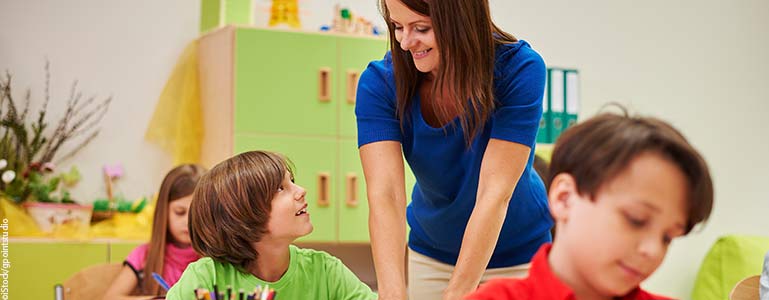Whenever I walk into a preschool or early elementary classroom and I see a behavior chart, I cringe. One child who couldn’t control her impulses went home crushed because her name ended up on “red.” Another child was reminded that he wasn’t good enough for his teacher. And a child went home with a stomachache and began to hate school. The behavior chart is a reminder that the child’s hard work to control impulses and learn to self-regulate was a “failure” in the eyes of the teacher or parent.
Here’s the problem with behavior charts (or “color” charts with green, yellow, and red sections):
- They label the child’s behaviors, but they do not teach strategies for coping with strong emotions or solving problems.
- The chart unfairly targets kinesthetic, physical kids; predominantly boys.
- The chart undermines trust in the child-caregiver relationship.
- The chart is a public display that embarrasses and shames children.
- Even children who stay on “green” are stressed as they see their friends move to yellow and/or red.
Just imagine your boss putting you on “red” when you’ve had a bad day. No one wants their bad days posted in the break room, watched closely by their colleagues. Instead of creating a supportive workplace community, you would breed fear and resentment. I would certainly be looking for new employment if my behavior was rated publicly every day.
So, what can teachers and parents do to encourage respectful and cooperative behavior instead?
- Set high expectations that are individualized for every child. Children need different supports to be successful. There is no one-size-fits-all model for raising children.
- Give children plenty of chances to fail and recover from mistakes in order to nurture and develop a child’s resiliency.
- Rely more on positive guidance strategies that teach children what TO do, instead of what NOT to do.
- Create cool-off spaces to promote self-regulation and help children manage strong emotions.
- Teach problem-solving skills for a lifetime of resolving conflicts productively.
I encourage you to ditch the behavior chart and move instead towards a more thoughtful and responsive approach to encouraging cooperation at home or at school. When children feel safe, cared for, and respected as active and equal participants in daily decisions, they are much more likely to learn strategies for a lifetime of successful relationships.
If you need help, don’t hesitate to contact us at Parents Place. Our experts regularly work with pre-schools and schools to build respect, cooperation, and socio-emotional learning.
Heidi Emberling, MA, is an early childhood educator and child development specialist at Parents Place on the Peninsula.



